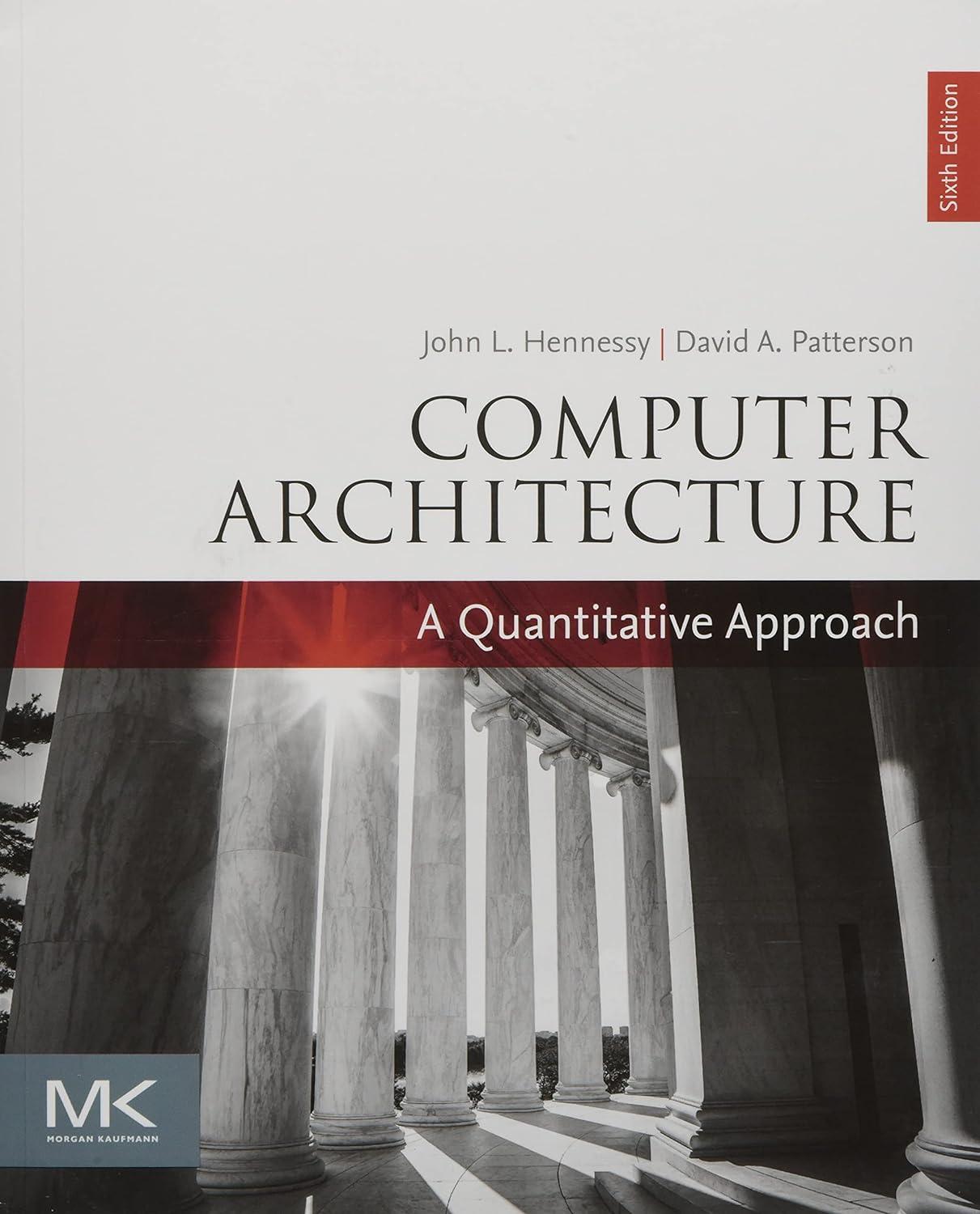Implement and run the Skippy algorithm on a disk drive of your choosing. a. Graph the results
Question:
Implement and run the Skippy algorithm on a disk drive of your choosing.
a. Graph the results of running Skippy. Report the manufacturer and model of your disk.
b. What is the minimal transfer time?
c. What is the rotational latency?
d. What is the head switch time?
e. What is the cylinder switch time?
f. What is the number of disk heads?
g. Do the results of running Skippy on a real disk differ in any qualitative way from that of the mock disk?
■ Performance Characteristics
■ Microbenchmarks
The Shear algorithm, from work by Timothy Denehy and colleagues at the University of Wisconsin [Denehy et al. 2004], uncovers the parameters of a RAID system.
The basic idea is to generate a workload of requests to the RAID array and time those requests; by observing which sets of requests take longer, one can infer which blocks are allocated to the same disk.
We define RAID properties as follows. Data are allocated to disks in the RAID at the block level, where a block is the minimal unit of data that the file system reads or writes from the storage system; thus, block size is known by the file system and the fingerprinting software. A chunk is a set of blocks that is allocated contiguously within a disk. A stripe is a set of chunks across each of D data disks. Finally, a pattern is the minimum sequence of data blocks such that block offset i within the pattern is always located on disk j.
Step by Step Answer:

Computer Architecture A Quantitative Approach
ISBN: 9780128119051
6th Edition
Authors: John L. Hennessy, David A. Patterson




